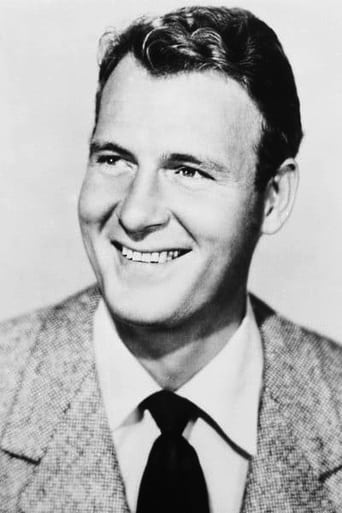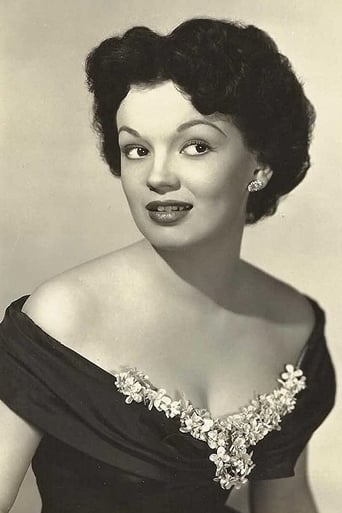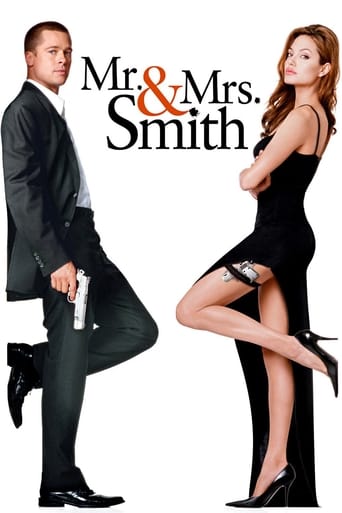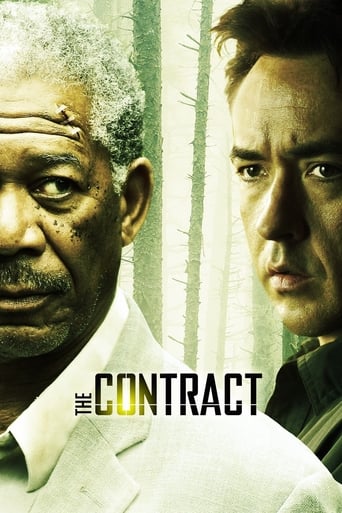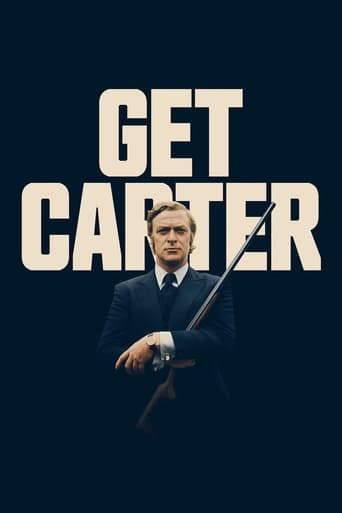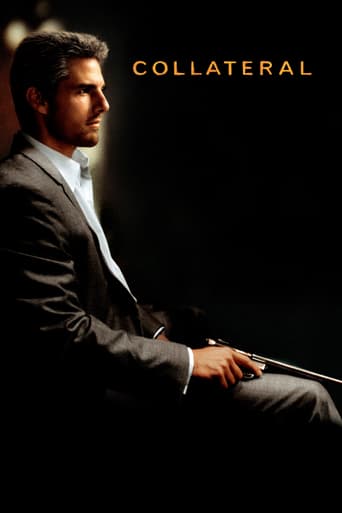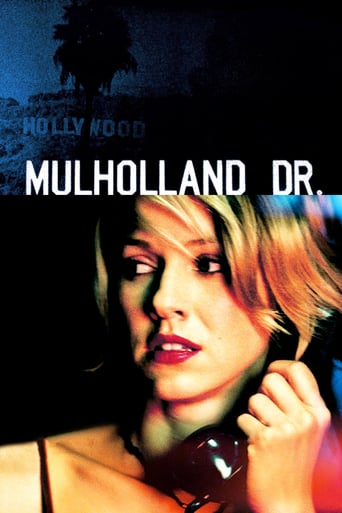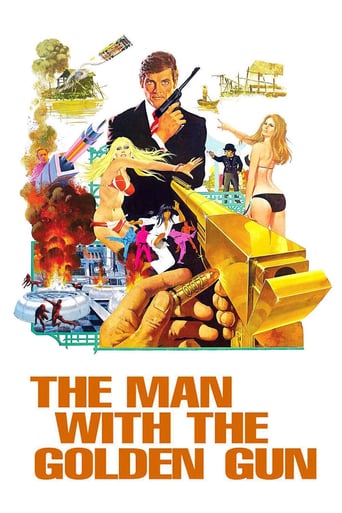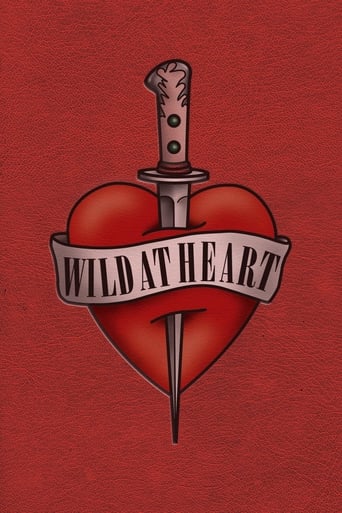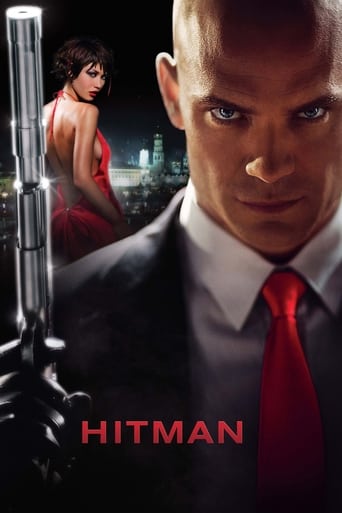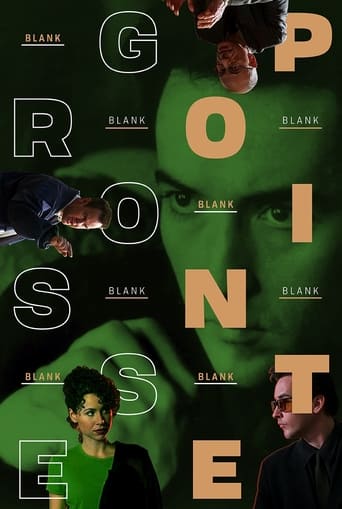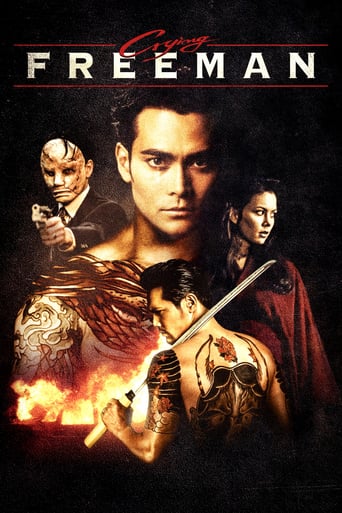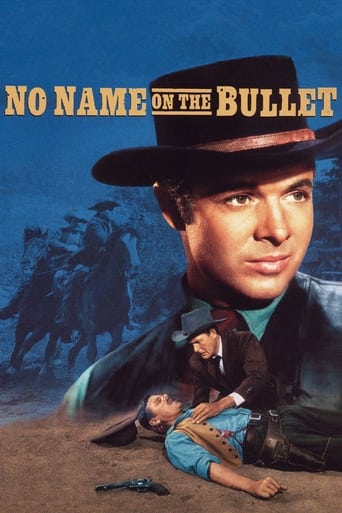
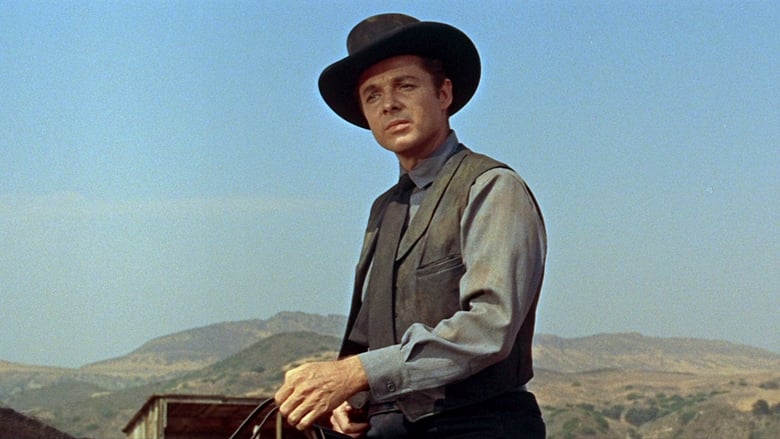
No Name on the Bullet (1959)
When hired killer John Gant rides into Lordsburg, the town's folk become paranoid as each leading citizen has enemies capable of using the services of a professional killer for personal revenge.
Watch Trailer
Cast


Similar titles
Reviews
"Buck, he's here! He's right here in town," says the out-of breath barkeep who just ran over from the town hotel to the sheriff's office. "Who's he talking' about? Who's Gant?" asks Harold Miller, the deputy sheriff. "You mean you really don't know?" says the barkeep. "I asked, didn't I?" "He's a killer," says Sheriff Buck Hastings. "So what? We've had some pretty good ones. We've been able to handle 'em." "Oh, no," says the sheriff. "A gunman is one thing. Gant's another." John Gant (Audie Murphy) is a paid assassin, cool, quick, deadly and smart. He's given the name of his target and collects his fee, then sets out for a bit of lawful murdering. He arrives in a town, takes a room for a few days, scouts out his victim's weaknesses, and then goads the man into drawing on him. Gant has gunned down quite a few with this technique and has never been arrested. His services come high. Now John Gant has ridden into the dusty town of Lordsburg, taken a room at the local hotel, and is biding his time. Every one in town knows Gant is going to kill someone, but no one knows who. It's not long before venality, cowardice, suspicion and fear consume some of Lordsburg's leading citizens. Quite a few show that they wear a coating of moral slime. Their fear is justified by everything from double dealing, mine stealing and wife theft. John Gant is a paid assassin, but he also seems to be the dark side of humanity's conscience. Just his presence causes suicide, vigilantism and murderous gunfights between factions in the town. Gant just looks on. The one man in town who speaks for decency is the town doc, Luke Canfield (Charles Drake). Canfield is a dedicated young medical man, serious about healing, engaged to the daughter of a retired, consumptive, dying judge. Gant and Canfield find each other interesting. Canfield is intrigued by Gant's intelligence. He finds it difficult to believe Gant is nothing but a paid killer. Gant seems drawn to Canfield's honesty. They talk a little. They enjoy a game of chess. Canfield sees himself as a healer of men. Gant sees himself as a healer of problems. It can't last. We might think it's easy to figure out Gant's intended victim; we just have to remember all the clichés of B movies. We'd be wrong. No Name on the Bullet is an efficient B western, stuffed full with the familiar faces of B movie character actors. The acting is standard B movie quality, not bad but predictable. What makes the movie stand out as something other than just a time killer is that the plot is more intriguing than you'd expect. Essentially, one passive gunman raises havoc among the leading citizens as they unmask their own flawed motives and actions. This is accomplished within an efficient use of just 77 minutes. The movie doesn't dawdle. And then there is Audie Murphy, playing a man who finds it easy to justify, for pay, bringing death a little earlier than expected to men who mostly deserve what he deals them. Murphy was no great shakes as an actor, and he learned his craft while doing it. Partly because of his extraordinary combat war record, his struggles with what now we call Post-traumatic Stress Disorder, his early hardscrabble life and being responsible for his younger brothers and sisters, and his modesty, I've always respected the man. He wasn't a big guy, he had a baby face that sometimes helped and sometimes didn't. He applied himself to the job at hand. He had sufficient screen presence to build himself into an above-the-title and popular lead actor. Most of his movies, in my opinion, are standard Hollywood fodder. In some circumstances, however, he could deliver unusually effective performances. He's at his best, in my opinion, in The Red Badge of Courage(1951), The Quiet American (1958) and The Unforgiven (1960). All three movies are flawed, with The Quiet American being awful (and a cynical and corrupt adaptation of Graham Greene's novel) and The Unforgiven being awfully long, but Murphy is just fine. I think No Name on the Bullet ranks among these in terms of Murphy's performance.
John Gant is a hired assassin, whenever he rides into a town the whole townsfolk wonder who it is who is on his list. John Gant is a very shrewed assassin for he never gets arrested because he never draws first, he psychologically gets under his targets skins forcing them to shoot first, and John Gant always has witnesses. Today, John Gant has rode into Lordsburg, and from today things will never be the same again...In CinemaScope and Eastman ColorDirected by Jack Arnold, we open with a vision of sprawling hills and a vast landscape (DOP: Harold Lipstein), a man handsomely attired in pristine black clothing trots past on his shiny black horse, he gathers pace and gallops off over the hills, we next see him trotting into Lordsburg, elegance and grace oozing from his pores. This is John Gant, also known as Audie Murphy, and for me we are introduced to one of the greatest Western characters outside of the critics favoured lists of usual suspects.Audie Murphy had his critics, he himself hardly went out of his way to embrace stardom and pander to the ink scribblers, but here as Gant is a performance of icy cold wonderment that in my opinion proves any doubters wrong. Gant rides into Lordsburg and his mere presence sends the town into panic, friends and associates implode with suspicion whilst Gant just calmly floats amongst them with little leers and low speaking pearls of wisdom. As Gant forms a weird sort of friendship with Charles Drake's Dr. Luke Canfield, the picture gains some much needed heart, and once the finale arrives it helps to close the picture on a hugely rewarding note.The film reminded me very much of a Twilight Zone episode called The Monsters Are Due On Maple Street, it's a great story to work from {courtesy of Howard Amacker}, because it's morally suspicious and it has characters always on the brink of breaking the law through the sheer worry of their sins and dubious intentions coming back to get them. My only real complaints are that the film is far to short, not sure if it was down to budget or acting restrictions? But clocking in at just 77 minutes I personally feel that another 15 minutes was a must to fully flesh out the finale, and sadly the exterior filming of the gorgeous locale is sparse, which is most galling after the attention grabbing opening shots. However, the film still works a treat and comes highly recommended to even those who don't like Westerns. 8/10
What this taut, tense and very-well-acted psychological western drama lacks in subtlety, it makes up in voltage, I suggest. The director, Jack Arnold, is noted for his making something engrossing out of low-grade horror material ("Creature From the Black Lagoon"); here he has first-rate supporting actors, a good setting and an interesting story to work with. The script was supplied with story by Howard Amacker and screenplay by Gene L. Coon. Con, later a contributor to "Star trek" followed a pattern in his writing; he introduced a false premise on the part of the central character and then let him find out his mistake as the action progressed; such a premise can lead to "discovery' that take the viewer along, or to a script where a false set of values are imposed onto existing materials. Here the formula work rather well, as most viewers of the film have noted. In this plot line, the ethical central character is a doctor, played by Charles Drake. To his town there comes a man called Gant. he is recognized as a famous hired gun; his pattern is to goad a man into drawing on him, outdraw him legally, then having done his job, to ride away and collect his "bounty' on a desired death. The man who recognizes him, and many others, begin to fear as the quiet, soft-spoken Gant waits and says nothing about his target, that the gunman is after them. The town's sheriff tells the townsmen he cannot go after Gant, since the man's neither wanted nor doing anything wrong. The Doctor befriends Gant, underplayed with some skill by Audie Murphy, who calls him "the only other honest man in town"; Gant expresses his admiration to the Doctor's girl, sultry Joan Evans, as well. But the tension undermines the shell of appearance and the questionable courage of several in town. the town's banker, Whitner Bissell, after a mine and worried the cheated owner has hired Gant, takes a gun, and failing in nerve tower's shoot Gant kills himself. Warren Stevens, who took Gant's wife Virginia Grey away, nerves himself up even though he is a coward to face Gant, then runs away, taking Grey with him, as he always does. The rancher cheated of the mine, John Alderson, fears the banker has hired Gant to finish his theft and organizes a vigilante group. Gant faces them down, outdraws brave Sheriff Willis Bouchey, and goes back to his vigil. Others in town including Dutch, played by Simon Scott and the banker's partner Karl Swenson now begin worrying also; only the blacksmith, the Doctor's father R.G. Springsteen and the town character, Hank Patterson, and the storekeeper Russ bender remained unaffected. At last Gant zeroes in on his man, a retired Judge, Evans' father Edgar Stehli; his method is simple. Evans' visits him in his room to ask him to leave; he tears her blouse, and takes the piece of cloth to the Judge. The Judge is outraged, and despite the fact he is dying and crippled, tries to shoot Gant. The gunman evades him, and leaves him alive. As he departs, he is met by the blacksmith and Drake; thinking he has killed the Judge, Drake throws a weapon at his arm, crippling him. Gant accepts his fate, and rides off, leaving the town wondering who is the honest man, and who is the killer. The film's features cinematography by Harold Lipstein,costumes by the great Bill Thomas, music by Herman Stein, art direction by legendary Alexander Golitzen and Robert Emmett Smith, sets by Theodore Driscoll and Russel A Gausman and makeup by Bud Westmore. This is a powerful and meaningful film that almost works perfectly. Drake and Scott, Bissell and Grey and Stevens are particularly fine; Evans is beautiful and effective as the Doctor's girl, and Springsteen is powerful as his father, as are excellent actors Bouchey and Bissell. As the Judge Stehli is intelligent and moving as always. This is a film that has been a pattern for many psychological westerns to follow, including the Clint Eastwood "man with no name" series. Not to be missed.
When you know Audie Murphy's story, decorated war hero, small man, his character here as hired gun John Gant shows how versatile he was, playing the hero or the villain equally well. This is a short movie, listed at 77 minutes but actually running a bit under that, and is the proper length to tell the story. His reputation is well known, and when he comes to this small town a number of the men have to worry. Gant takes his time, to see what will develop. As it turns out, his target is Judge Benson, who is now elderly and sick, confined to a wheelchair. But Gant is a professional, he has a job to do, but can even he shoot a man in a wheelchair?MAJOR SPOILERS FOLLOW. The pretty Joan Evans plays Anne Benson, the daughter to Judge Benson. Gant gets her in his hotel room, and all we see is him ripping her dress, exposing her in undergarments. We don't see what happens next. But, when Gant visits Judge Benson a few minutes later, he pulls a part of Anne's dress out of his pocket, showing it to the Judge, implying he had harmed her. The old man gets up, grabs a gun as Gant walks outside, prepared to "defend" himself. But the old man dies on his own, Gant has him cleaned without firing a shot.The irony is, the town doctor shows up a minute later, not knowing what transpired, as Gant turns hits Gant on the shoulder with a large hammer, wounding him and partially crippling his shooting arm. The Doc offered to look at it, but Gant took his fate in stride and rode off, to the END of the movie, knowing that his time had come too.



